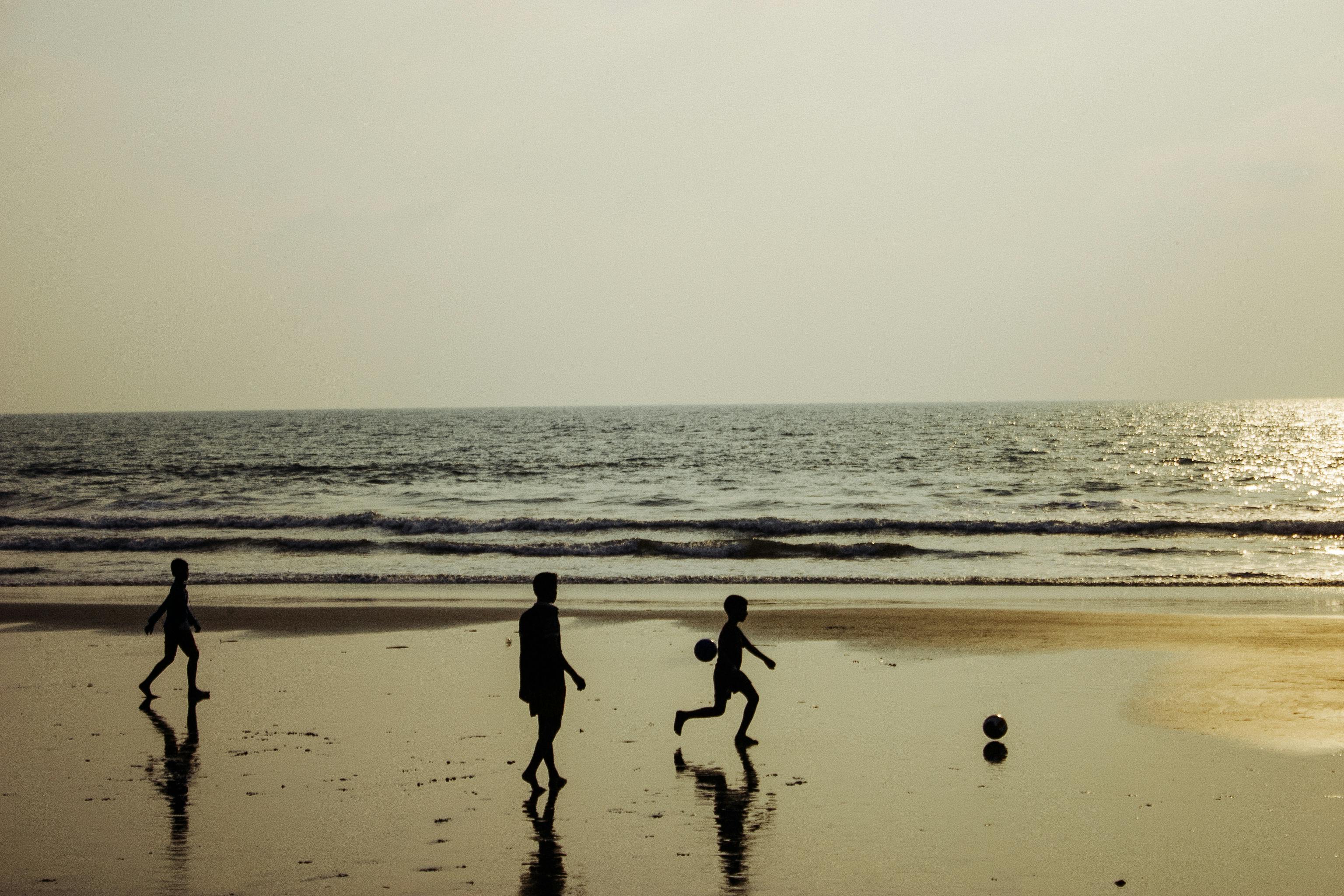
The arowana fish or dragon fish, as it is known, is found in Asia, South America, Africa, and Australia. Many of these breeds are now on the CITES endangered species list, so much more attention is being paid to the protection and breeding of these fish. The arowana is rumored to promote wealth and prosperity within your home, especially in Asia, which is why, in turn, the golden arowana has become an expensive and highly collectible fish.
The tank
Arowana fish grow at a rapid rate and can reach 3 to 4 feet in length. They are generally known to live for about 12 years, so it is important that your tank is correct from the start. If an arowana is placed in a tank that is too small, its growth can be stunted. Also, if left too long in the wrong size tank, it can cause a downward curvature of the arowana’s spine.
A fully grown arowana fish should be in a 180 gallon tank. I would recommend that you start with a 125 gallon tank so you don’t have to change your tank quickly at first. Also keep the top of your tank covered at all times, as this fish has been known to jump out of the water.
Diet
An arowana is a carnivorous fish. They will eat live fish, shrimp, frogs, worms, and crickets. Basically, if it fits in the arowanas’ mouth, the fish will eat it. You just have to be careful when feeding your fish with live bait. Make sure you get the bait from a reputable supplier, as the disease can sometimes be transmitted to fish through live bait.
You need to feed a baby arowana 2-3 times a day and once a day for an adult. Just be sure not to overfeed the fish and try not to have uneaten food in the tank as this will degrade the quality of the water.
Compatibility
An arowana is best kept on its own, as certain breeds of fish can be aggressive. If you are also thinking of putting other fish in the tank, make sure the fish are larger than the arowana and will not fit in your mouth.
Disease
The water in the tank should be changed at least 2-3 times a week. It is recommended to change 30% of the tank water twice a week or 20% 3 times a week. This is very important to stop the disease. Some simple signs of illness to look for in your fish are loss of appetite, staying on the bottom of the tank, frayed or split fins, and body or mouth spots. If you start to notice any of these changes in your fish, start checking the water quality and improve it right away.
I hope these arowana care tips help your fish live long, healthy and happy lives.